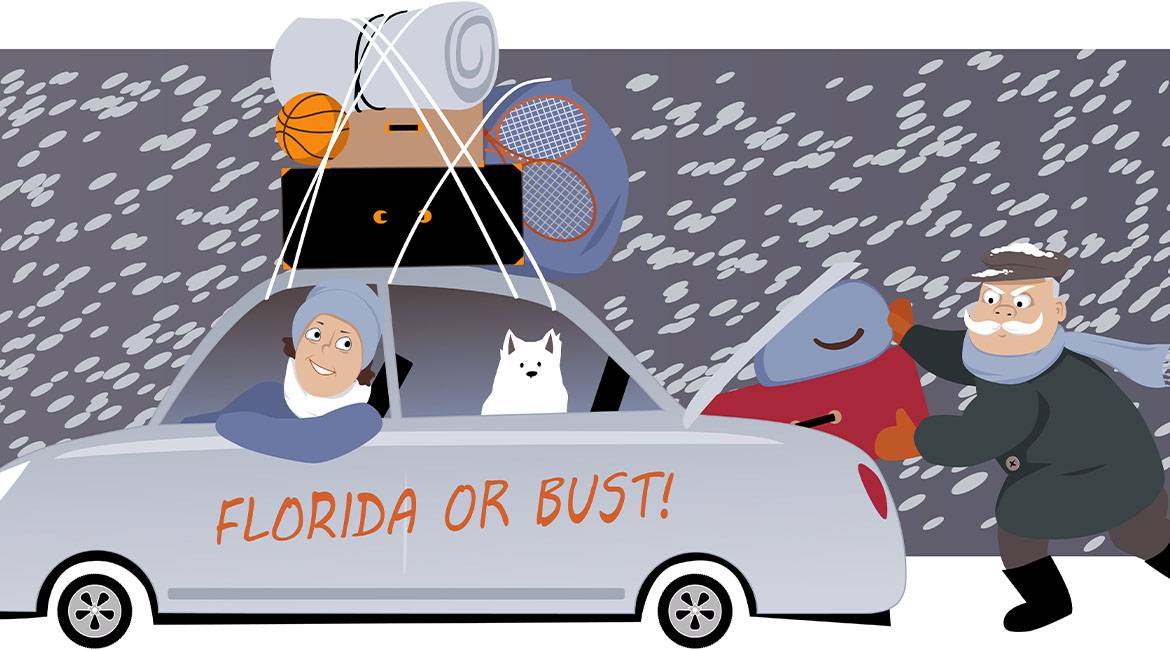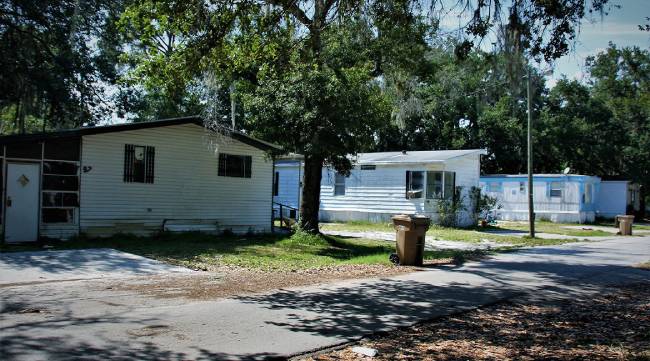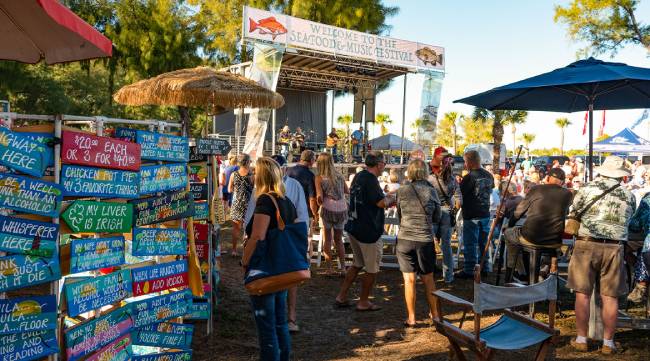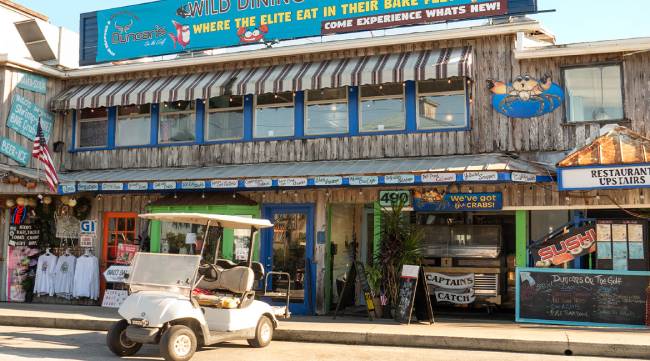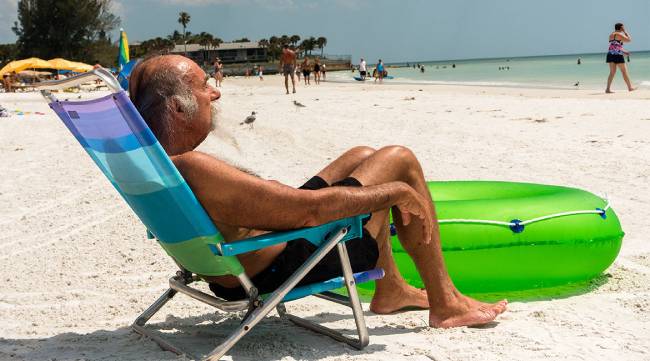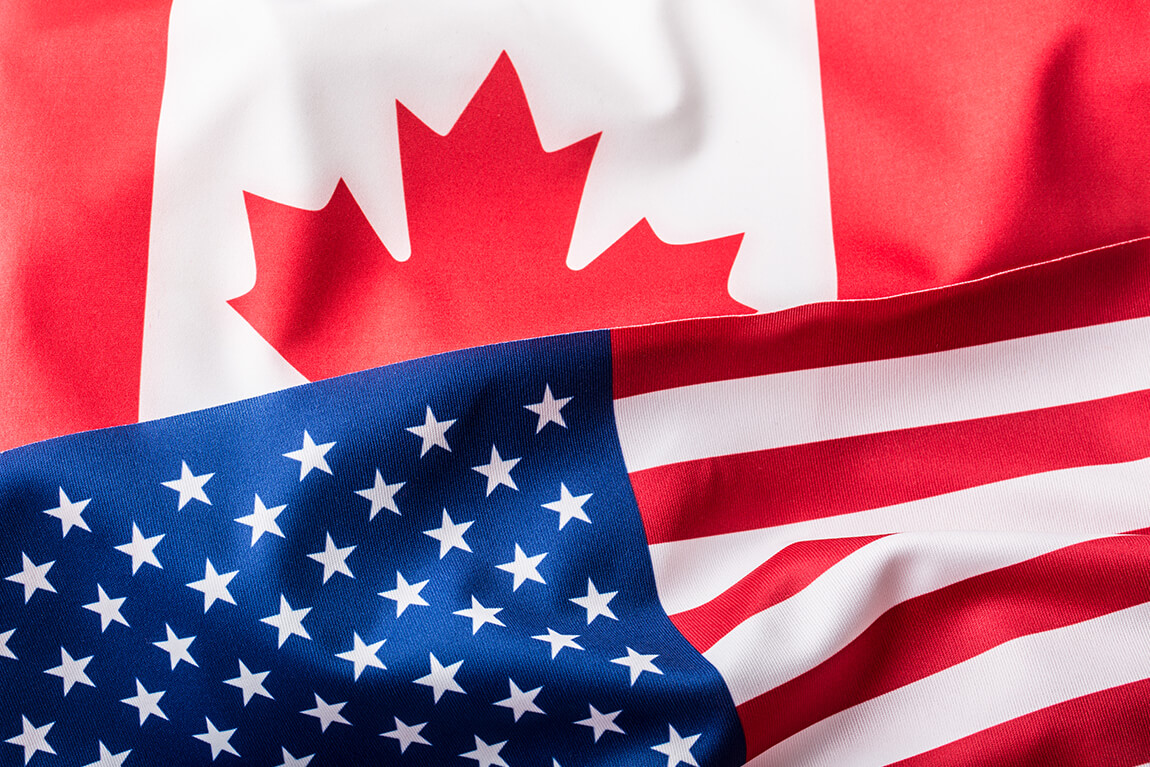
The trek from Toronto to Florida is a long one – About 20-24 hours – But that doesn’t stop a large percentage of the 3.5 million annual Canadian snowbirds from using their vehicles to make the trip. The convenience of having a car available during your stay, and the cost savings over buying an airplane ticket and renting a car once down South, can make the long drive worth it. If you are looking to make a road trip out of your winter commute to the Sunshine State, however, you may want to prepare yourself with these traveling tips to make driving from Toronto to Florida in winter more fun and less stressful.
Collect all necessary documents for your border crossing.
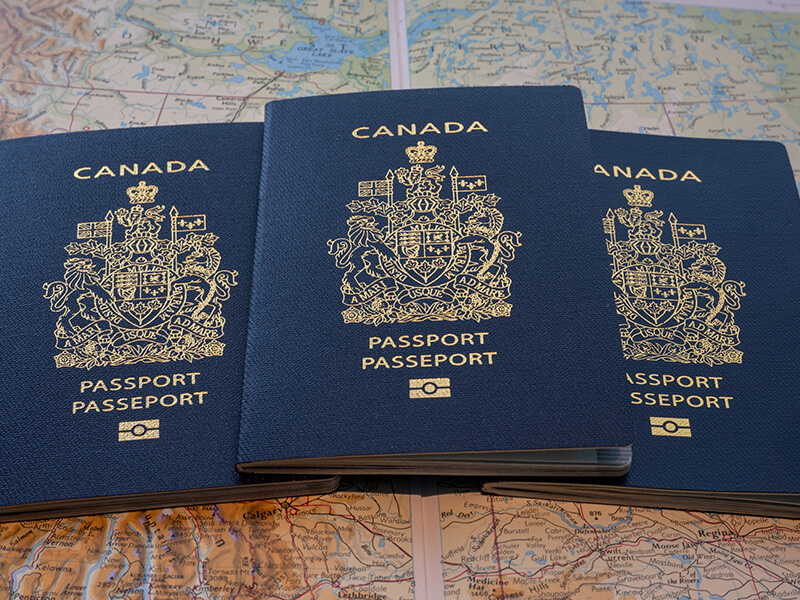
Traveling by vehicle to Florida, whether you are traveling to a condo, a home, an apartment, or mobile home parks in Florida, means crossing the Canadian/U.S. border, and that means paperwork! Filling out and preparing the appropriate documents before your trip can make your border crossing go more smoothly, and ensure that you avoid any hiccups that would force you to return to Toronto for the cold winter rather than enjoying the warm and sunny Florida beaches. Here are some of the documents you should gather before your trip:
- Accommodation bookings and addresses for your stay
- Passports for anyone over 15
- Birth certificates or citizenship certificates for children under the age of 15
- Consent letters for any children not part of your family who are traveling with you
- Declaration of your expensive items (e.g., Cameras and computers) on the U.S. Border Patrol protection forms
- Updated paperwork for your vehicle
Spread your trip over multiple days.
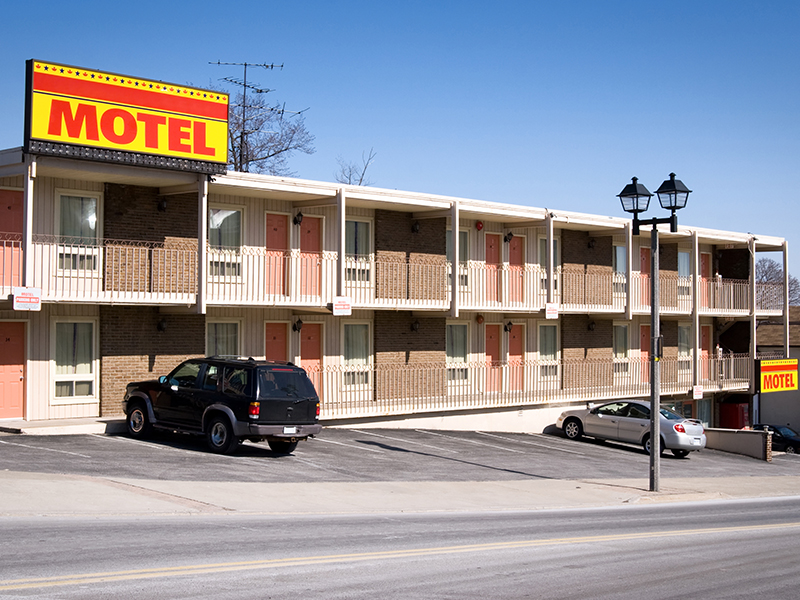
We get it – The Florida sun is calling your name, and you want to spend every possible minute soaking up the rays this winter. However, completing a 20-24-hour trip is a difficult feat to accomplish, even with multiple drivers. Chances are, you will enjoy the trip, and arrive in a fresher and less tired state, if you break your trip up into 2 or 3 days.
Plus, taking extra time for the trip allows you to enjoy a little sightseeing along the way. Consider stopping at any of the major cities to do a little exploring before you arrive in Florida.
Take the I-75.
You can choose from several major routes when driving from Toronto to Florida in the winter. However, while it has a reputation for taking longer, you will likely have a smoother trip if you follow I-75 down toward the Sunshine State. In addition to not actually being much longer than other routes, this highway has a number of advantages for winter driving between the two locations:
- Numerous amenities at each exit
- Ease of finding hotels, restaurants, and gas stations
- Well-maintained road that does not require the use of snow tires
- Better weather since the highway follows a lower latitude
- Historic and natural attractions to enjoy along the way
If you choose to take I-75 for your trip south, you could also consider purchasing a guide. Along Interstate 75 by Dave Hunter is a popular and very detailed guide to the I-75 trek to Florida and may make planning your route a little easier.
Make sure your vehicle is road trip ready.

Before you take on a trip to Florida in the winter, you may want to have a mechanic give your car a once over to make sure it is in good condition for a lengthy drive. Here are a few of the things you should do:
- Check the tires and tire pressure.
- Change the oil and filters.
- Change spark plugs.
- Rotate your tires.
- Fill the gas tank.
- Make sure you have a spare key, the owner’s manual, and a fire extinguisher.
- Put an emergency roadside safety kit in your vehicle.
- Check your spare tire, or put one in your care.
- Set up roadside assistance for your trip in both Canada and the States.
One thing you may not need is snow tires. While helpful in Canada, snow tires are actually not very useful once you get into warmer climates, and driving on them may even wear them out more quickly. If you are taking I-75, chances are you can make the whole trip, in winter, without needing your snows.
Get American currency before you leave.

Once you cross the border, you will need to use American currency for any cash transactions you make. This includes paying for highway tolls. You can make your trip more efficient, and ensure you are not stuck without the appropriate cash, by converting some of your Canadian dollars to American ones before your trip. Your Canadian debit or credit cards should work in the U.S., but you may have to pay a fee.
Plan your trip ahead of time.
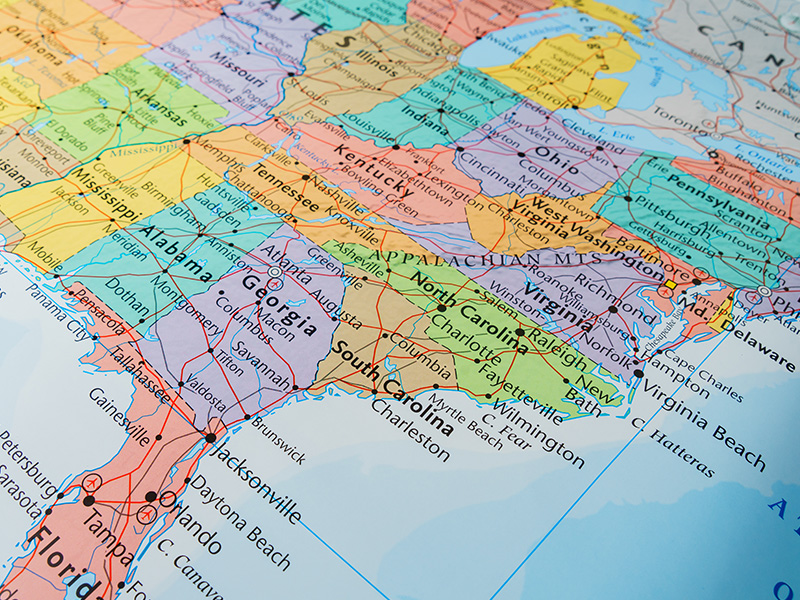
If you plan to hop into your vehicle and make your way to Florida without some forethought about your route, you may find yourself frustrated along the way. In addition to knowing which major route to take down to your location, there are several other things to consider before you hit the road.
- Plan your trip’s timing to avoid traffic in major cities, such as Atlanta.
- Know where you are going to stop for food and rest.
- Make any reservations you need ahead of time to ensure a spot.
- Know which snacks and drinks are allowed through customs at the border.
- Check on the weather in the days leading up to your trip, and adjust your plans accordingly.
- Pack an overnight bag, so you do not have to go through all of your luggage at every stop.
Plan for boredom.
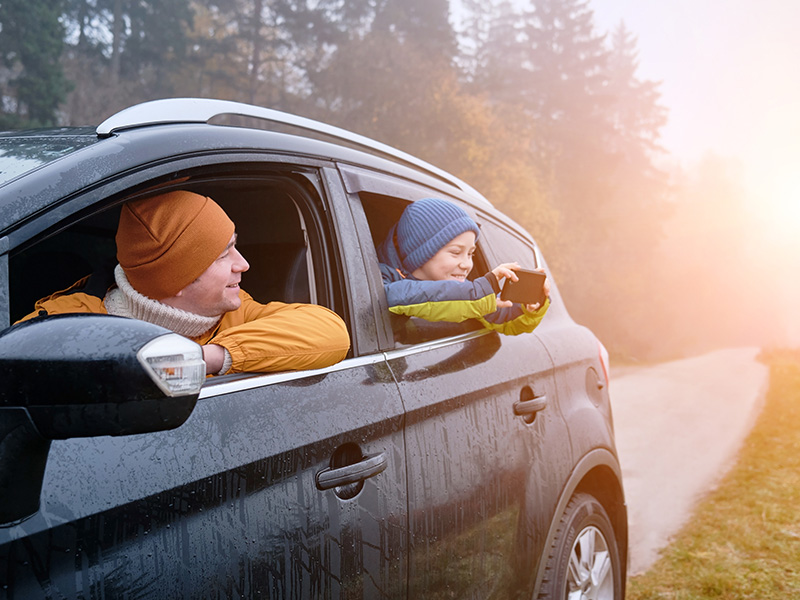
When you are driving primarily one highway for 20 hours, chances are you will get bored without some sort of stimulation. Before driving from Toronto to Florida in the winter, plan ahead for those times when you might feel bored, and build some interesting activities into your trip. Here are some ideas for keeping yourself entertained throughout the drive:
- Download podcasts or audiobooks to listen to.
- Choose music to enjoy on the way.
- Plan to make stops at places you find interesting.
- Bring books and magazines for the person or people not driving.
- Pack drinks and snacks to save money and prevent unnecessary stops along the way.
Know where you are staying when you arrive in Florida.
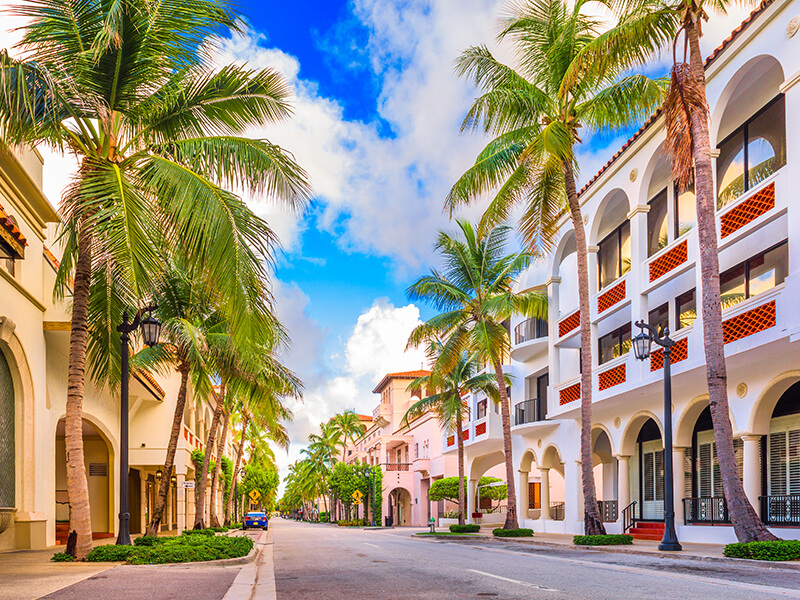
Hopefully, if you are making a road trip to Florida, you have an idea about where you will stay. An affordable, and high-quality, choice, may be one of the many mobile home rentals in Florida. While mobile homes sometimes have a stigma attached to them, the reality is that many of these communities, such as those offered by Bedrock Communities, offer beautiful, attainable living in some of Florida’s most desirable locations. Some of these communities may even be pet-friendly mobile home parks in Florida, creating a place where you can enjoy Florida life with your favorite animal. Need ideas about where to go? We have locations in Ruskin, FL, Daytona Beach, Clearwater, and more of the state’s very best spots. Discover Bedrock, and Florida living, and make the trip from Toronto this winter!

